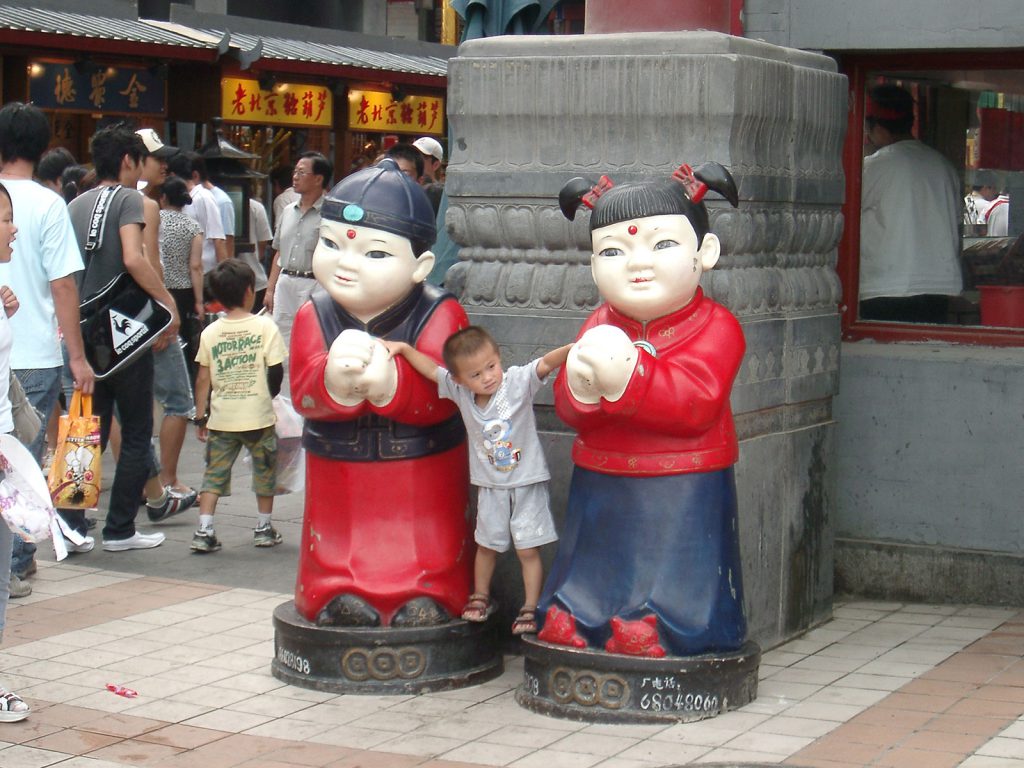According to the National Health and Family Planning Commission 国家卫生和计划生育委员会, the amendment to the Law of the People’s Republic of China on Population and Family Planning 中华人民共和国人口与计划生育法 encouraging married couples to have two children rather than one child will allow an additional ninety million couples in China to have a second child. Of these prospective parents, sixty percent are estimated to be older than thirty-five years, and fully half over forty. This has raised questions about how effective this policy shift will be in boosting China’s fertility rate. It also raises questions about the impact it will have on the health and status of Chinese women in general and older women in particular.
One year after the unveiling of the Two-Child Policy, the hoped-for baby boom has been slow to materialise. One reason is that the implementation of the Two-Child Policy has been marred by delays and uncertainty. Many parents held off on a second child until they could be sure their local- or provincial-level governments had stopped fining couples for unplanned births and that maternity leave and other benefits would be available. The official total fertility rate for 2015 was China’s lowest ever: 1.05 children per woman. (For comparison, the global average total fertility rate for 2010–2015 was 2.5.) This was despite the fact that more couples than ever before were given permission to have a second child before the privilege was made universal. Many parents are wary of the high economic costs of raising a second child, or have a preference for a single-child family. Whatever the reason, at the end of 2016, Chinese media was estimating that only 950,000 additional births could be attributed to the policy change.
Then there are the concerns specific to older mothers. Compared with younger women, women aged thirty years or over are significantly more likely to experience serious health issues in pregnancy. Given widespread pressure on Chinese women to give birth before thirty, Chinese hospitals may prove ill-equipped to deal with these risks as many medical professionals have not had to deal with problems associated with older women giving birth.
In addition, China has one of the highest rates of births by caesarian section in the world. During the heyday of the One-Child Policy, close to fifty percent of Chinese women chose or were pressured into giving birth to their presumed only child by C-section, which was touted as being safer for the child. It is also worth noting that C-sections generated more revenue for hospitals. Now, as millions of women who have delivered by C-section in the past explore the possibility of giving birth a second time, there is a shortage of medical professionals with experience handling the complications that could arise.
Many Chinese women are also wary about what a second child might mean for their professional lives. China’s maternity leave policies, which permit women to take up to four months off work with full pay, already make it difficult for many women to be seen as competitive hires in a crowded marketplace. There is concern that employers will now take a potential second round of maternity leave and benefits into consideration when making decisions about hiring or promoting women of childbearing age. Relevant national and local government departments have yet to clarify whether the benefits currently extended to first-time mothers through the national insurance scheme will cover them the second time around, meaning that the Two-Child Policy might prove especially costly for employers. This directly threatens the modest successes some Chinese women have claimed in decades of struggle against gender inequality at work.
With the Two-Child Policy, Chinese women may have marginally more freedom over their reproductive choices, though only time will tell if the second-child policy will resolve some of the demographic ills it ultimately seeks to remedy. Whatever the result, however, the excesses of the One-Child Policy will continue to leave an indelible mark. Under the One-Child Policy, millions of Chinese women were persuaded or forced to be sterilised, and many more have grown older without the expectation of being permitted to have another child. The Family Planning Commission may have performed its work too well.




